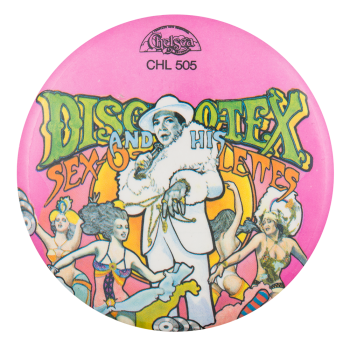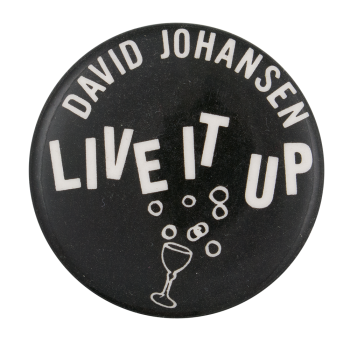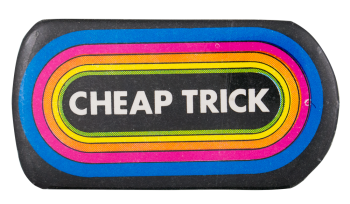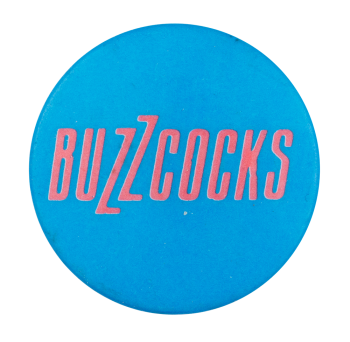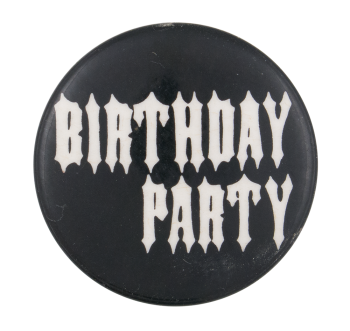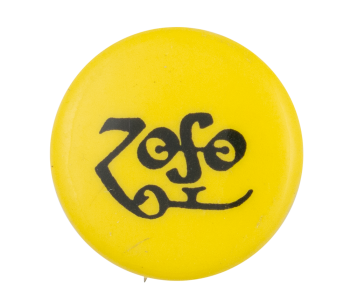Discotex and His Sexolettes
| Category | |
|---|---|
| Additional Images | |
| Sub Categories | |
| Text on Button | DISCOTEX SEX-O-LETTES |
| Image Description | Green, blue and orange text over illustrations of people in costumes on a pink background |
| Back Style | |
| The Shape | |
| The Size | |
| Year / Decade Made | |
| Additional Information | Formed in 1974, Disco-Tex and the Sex-O-Lettes were an American disco group. Comprised of musicians, Bob Crewe, Cidny Bullens, Kenny Nolan, and Sir Monti Rock III, the group produced three albums, being Disco-Tex & His Sex-O-Lettes Review, Manhattan Millionaire, and A Piece of the Rock. Some of their most popular singles were the 1974 single, "Get Dancin" as well as 1975's "I Wanna Dance Win- Choo (Doo Dat Dance). Though they disbanded in 1986, the group continued to be recognized by other musicians, most prominently of which was Elvis Costello and Pet Shop Boys. both of whom mentioned Disco-Tex and the Sex-O-Lettes in their songs. |
| Catalog ID | MU0397 |

